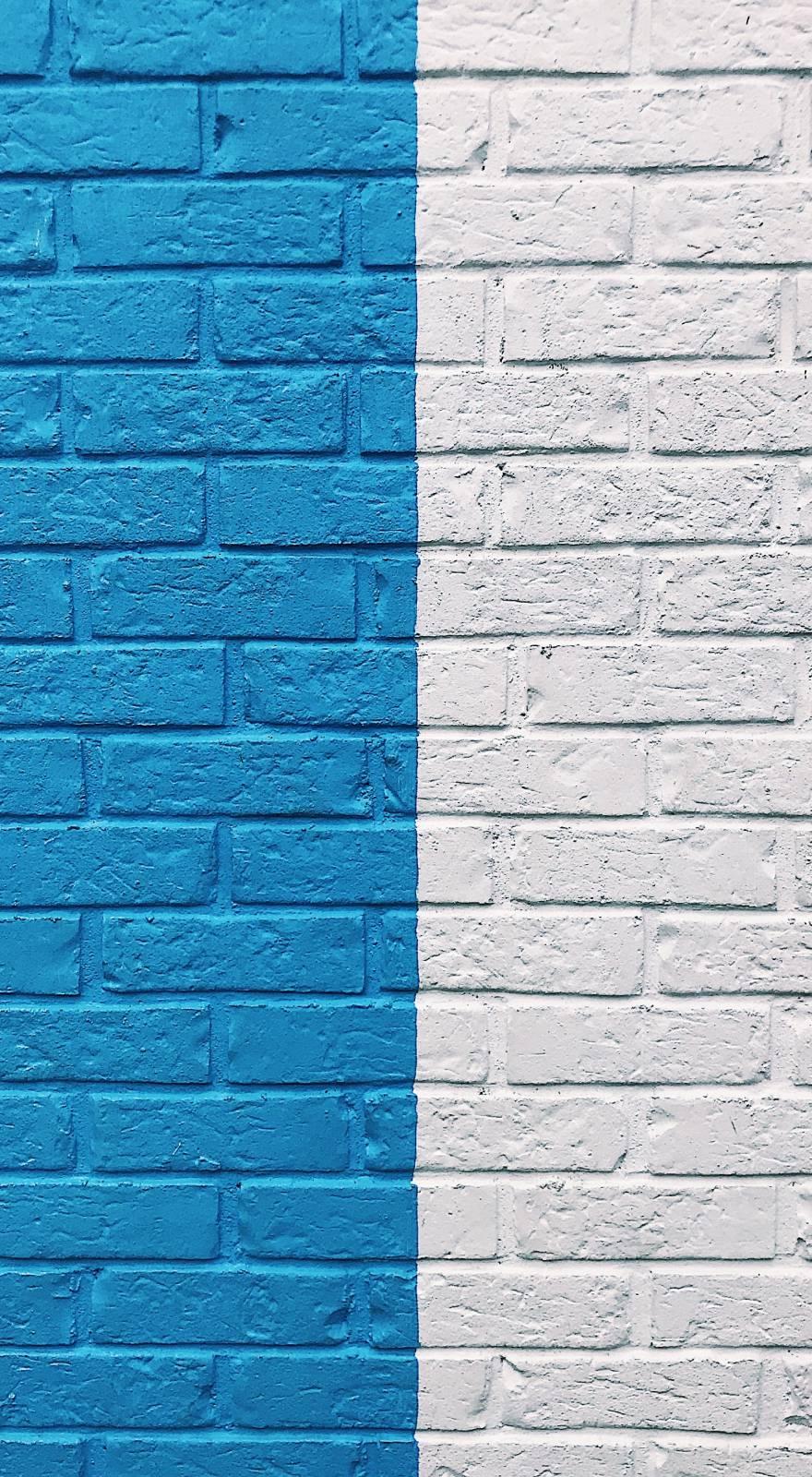Knowde Enhanced TDS
Identification & Functionality
- Chemical Family
- CASE Ingredients Functions
- Technologies
Features & Benefits
- CASE Ingredients Features
- Features
When used as an additive at low dosage (0.5% - 5% w/w) in another UV-curable formulation, 1939 does not require special curing conditions. When a high content (25% to 90% w/w) of 1939 is desired, a suitable photoinitiators (such as Speedcure TPO-L) and reactive diluents (such as Sartomer SR351/TMPTA, SR238/HDDA and/or SR285/THFFA) may be needed. After diluting the mixture with butyl-acetate, ethyl-acetate or similar solvent, apply the mixture on the substrate using spray, roll, doctor blade, meter rod, etc. to obtain a coating of the desired thickness. After the solvent has evaporated, irradiate with LED lights (12W/sqcm @ 385/395/405 nm) for 3 seconds with the light source 4 mm from the mask (alternatively, if a MicroCure CTO-46 is used photo-initiator, irradiate with a medium pressure vapor mercury lamp (220-320 nm UV, if possible under inert nitrogen) to a pencil hardness of greater than #2 at 3 Joules per square centimeter for 60 seconds).
Applications & Uses
- Applications
- Compatible Polymers & Resins
- Cure Method
- Coating Type
- Ink & Toner Type
- Applications
- Screen printing
- Pad printing
- Direct or reverse roll
- Offset gravure
- Metering rod
- Slot die
- Knife over roll
- Air knife
- Curtain
- Immersion
- Spin
- Dipping
Properties
- Physical Form
- Typical Properties
| Value | Units | Test Method / Conditions | |
| Oil Contact Angle | over 60° | — | — |
| Oil Contact Angle | Over 60 | °C | — |
| Specific Gravity | 1.08 | g/cm3 | — |
| Viscosity | -15000 | cps | — |
| Water Contact Angle | over 100° | — | — |
| Water Contact Angle | Over 100 | °C | — |

